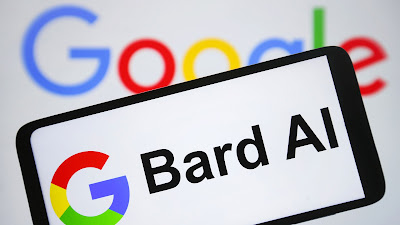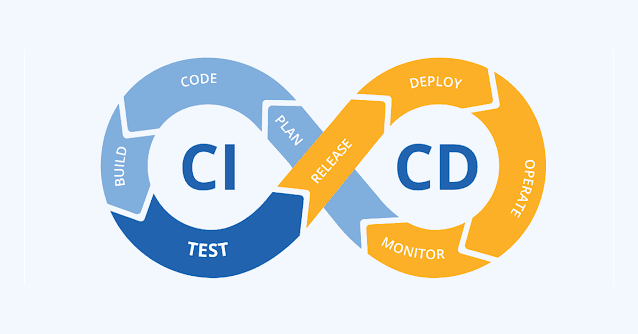Kevin Mitnick, from hacking pioneering, through, the most famous hacker in the world, to the age of AI hacking power, and how everything connects all together.
I'm writing this post in the name of a person-first, passionate, and extraordinary figure named "Kevin Mitnick", a truly novel hero, one of his kind.
Kevin, a Jewish American, was a brilliant hacker, a gifted writer, and a passionate advocate for security awareness, he became a gifted consultant for Fortune 500 companies and governments across the word. His death is a major loss to the cybersecurity community, but his legacy will live on with us.
 |
| Kevin Mitnick's famous business card |
From Hacking Pioneering to AI Hacking - The Evolution of a Legendary Hacker
In the ever-evolving landscape of cybersecurity, few names resonate as strongly as Kevin Mitnick's. From his early days as a hacking pioneer to his status as one of the world's most notorious hackers, Mitnick's journey has been nothing short of extraordinary. As technology advances, so does the art of hacking, and Mitnick's story serves as a fascinating bridge between the past and the age of AI hacking. In this post, we explore the life and exploits of Kevin Mitnick and delve into how his legacy has shaped the world of cybersecurity as we know it today.
Part 1: The Early Days of Hacking Pioneering
Kevin Mitnick's fascination with computers began at a young age, sparking an insatiable curiosity about the inner workings of these machines. In the 1980s and '90s, as the internet was still in its infancy, Mitnick emerged as a prodigious hacker, earning a reputation for his mastery of social engineering techniques. He navigated the digital realm with unparalleled skill, infiltrating networks and systems, all while evading law enforcement's grasp. His cunning and audacious exploits earned him the nickname "The Condor."
Part 2: The Rise to Infamy - Becoming the Most Famous Hacker in the World
With each successful hack, Mitnick's notoriety grew. His targets ranged from corporate giants to government agencies, making headlines worldwide. His ability to breach supposedly impenetrable systems exposed the vulnerabilities of early digital infrastructure, sending shockwaves through the tech industry. Mitnick's exploits came to a head when he was captured and eventually sentenced to prison, sparking a global debate on the ethics of hacking and the importance of robust cybersecurity.
Part 3: The Age of AI Hacking - Connecting the Dots
As technology continued to advance, the world of hacking evolved with it. The age of artificial intelligence brought new challenges and opportunities for hackers, and Mitnick recognized the potential of AI as both a tool for cyber defense and a weapon for malicious actors. After serving his sentence, Mitnick shifted his focus from the dark side of hacking to becoming a cybersecurity consultant, utilizing his knowledge and experience to help organizations protect themselves from cyber threats.
Part 4: The Legacy of Kevin Mitnick in the Age of AI Hacking
Kevin Mitnick's legacy lives on as a cautionary tale and an inspiration for the cybersecurity community. His exploits showcased the importance of constant vigilance in the face of ever-evolving hacking techniques. As AI-powered tools become more sophisticated, the need for robust cybersecurity measures has never been greater. Mitnick's transformation from a notorious hacker to a cybersecurity expert demonstrates that even those once on the wrong side of the law can use their skills for the greater good.
Last
Kevin Mitnick's journey from hacking pioneering to becoming one of the most famous hackers in the world is a compelling story of redemption, innovation, and adaptation. His life's arc reflects the evolving landscape of cybersecurity, with AI hacking emerging as the latest frontier. As we move forward, the lessons from Mitnick's exploits and his transition to cybersecurity consulting can guide us in staying one step ahead of malicious actors in this ever-changing digital world. With a combination of knowledge, ethics, and innovation, we can build a safer digital ecosystem for the future.








